Image Intensifiers & Night Vision
Image intensifiers (I2) have revolutionized the way military operations are conducted at night, by amplifying existing visual light far beyond the capabilities of the human eye. Operating within a spectral range of approximately 400nm to 1100nm, image intensifiers cover the range of visual light through the beginnings of the near-infrared regions. By leveraging advanced technologies and innovative design principles, modern image intensifier systems can amplify visible light by a factor of about 30,000. This means that scenes that appear nearly imperceptible to human vision can be transformed into clear and detailed images, providing invaluable insights and enhancing situational awareness.
Unlike thermal imaging, which relies on the detection of thermal energy emitted by the target or background, image intensifiers depend on ambient light that can reflect off the target. While they excel in low-light conditions, a small amount of existing ambient light is necessary for image formation. In closed and extremely dark environments where ambient light is limited or absent, image intensifier systems utilize an infrared (IR) illuminator to illuminate the scene and enable image capture. This added illumination provides the necessary light source for the intensifier to amplify, ensuring good imaging performance even in challenging lighting conditions.
The applications of image intensifiers are vast and diverse. In the field of surveillance and security, these devices play a crucial role in enabling effective monitoring and detection. Law enforcement agencies can utilize image intensifiers to navigate dark environments and identify potential threats, enhancing their operational effectiveness. Military personnel can leverage the capabilities of image intensifiers for night-time operations, providing them with a tactical advantage on the battlefield. Additionally, image intensifiers find applications in search and rescue missions, wildlife observation, and astronomy, enabling us to explore the world around us with enhanced clarity and precision.
Early night vision devices were developed in the closing days of World War II; these heavy, bulky systems required active near-IR illuminators, had relatively short ranges, and required heavy battery packs. By the Vietnam era, passive image intensifiers had improved to the point that if there was clear starlight, an illuminator was no longer needed. Succeeding generations of intensifiers have continued to improve; today’s models are highly sensitive, very light weight, and can operate without illuminators even on cloudy nights (though still requiring illuminators in zero-ambient light conditions). These devices can be integrated into various platforms, including night vision goggles, binoculars, and cameras, enabling users to experience the benefits of intensified vision in a portable and user-friendly manner.
